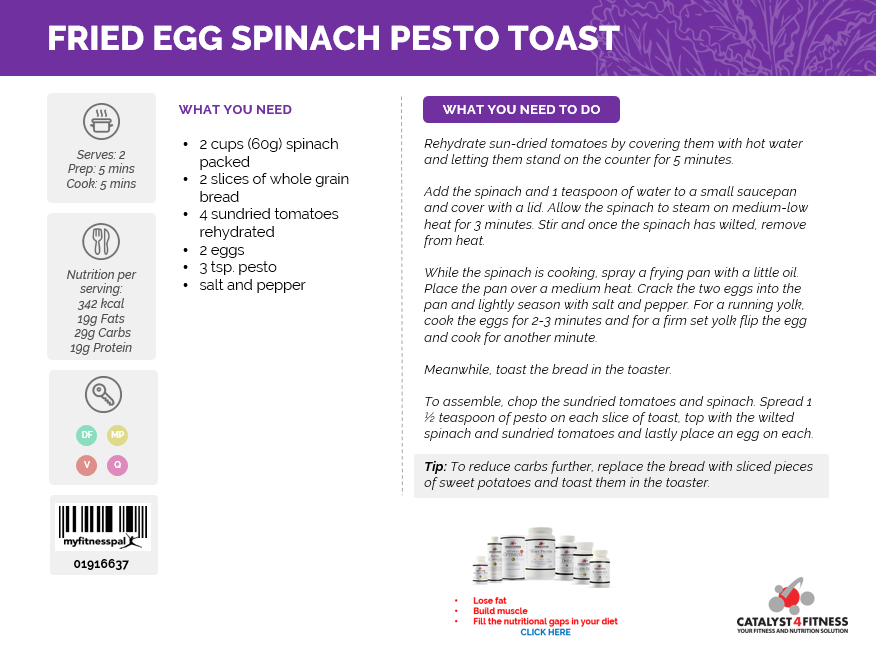Daily Fiber Intake
As we age, it is not uncommon for our doctors to talk with us about our daily fiber intake and how not having enough can harm us. What do they really mean, and more importantly, how do we manage it?
Fiber is a plant-based carbohydrate that our bodies can not fully digest. There are two types, and both improve our health. Soluble fiber partially dissolves in water, and can help improve digestion and lower blood sugar. Insoluble fiber does not dissolve in water. It helps move food through the digestive system and can soften stool, making it easier to pass.
Recommended Fiber Intake
The recommended daily amount of fiber intake is determined by age and by gender. Women 50 years and younger need 25 grams, and women older than 50 need 21 grams. Men 50 years and younger need 38 grams, and men older than 50 need 30 grams. However, on average, adults struggle to consistently reach just 15 grams every day.
Here are some foods that should be a part of your diet:
- Fruits – apples, oranges, berries, pears, and tomatoes
- Vegetables – broccoli, carrots, green beans, celery, green peas, cauliflower, and zucchini
- Root vegetables such as potatoes and yams
- Whole grain or whole wheat breads
- Brown rice
- Bran muffins, oatmeal, and multi-grain or bran cereals
- Cooked beans
- Nuts and seeds
Health Benefits
Meeting the recommended daily fiber intake can help lower the risk of many health issues including: cardiovascular disease, diverticulitis and diverticulosis, breast and colorectal cancers, diabetes, and constipation. Studies have also shown that fiber can contribute to reducing the chronic inflammation that accompanies many of these illnesses.
If you are often eating on-the-go and find it difficult to get enough fiber every day, try Catalyst Bars. They are convenient and delicious, while giving you high protein, high fiber and very low sugar.


